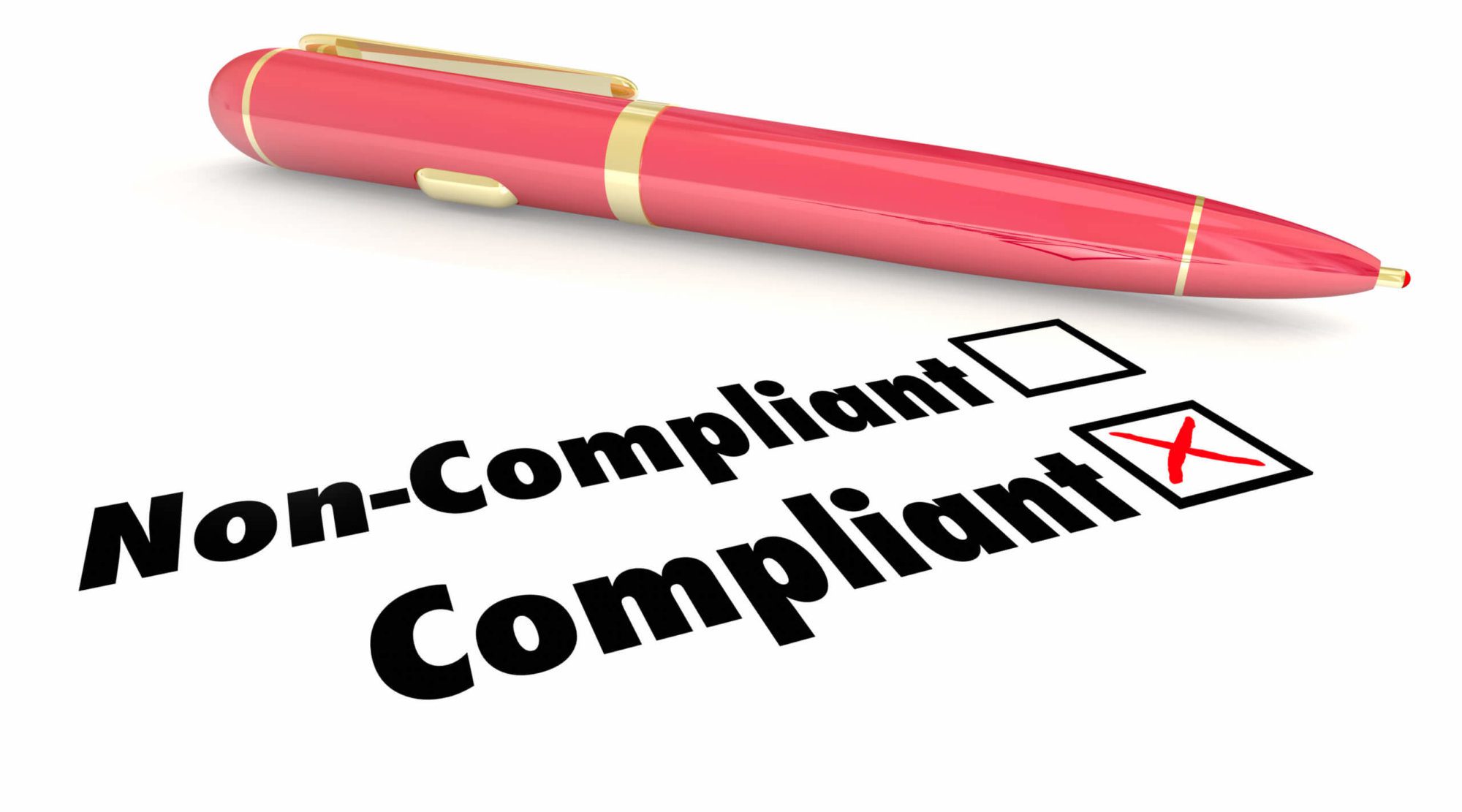

Australian Fire Safety Legislation
Australian Legislation requires that Fire Safety guidelines are adhered to across the country. These regulations exist to ensure the best possible result in the case of an emergency. Businesses and owners can face severe fines for not sticking to them.
Getting ahead of the problem by following some simple steps will mean that when the unpredictable happens, you have done all that you can do to prepare for the worst.
Emergencies are unfortunately unavoidable, but you can prepare for them.
Work Health and Safety (WHS)
The WHS Act (June 2011), more commonly known as Work Health and Safety, outlines the optimal structures for safety in a workplace in Australia.
Who is responsible for upholding WHS?
The people responsible for this are the building owner, building management company, and the employer. This responsibility is shared.
Who needs to comply?
All buildings and workplaces need to comply with Fire Safety rules and regulations to protect the property and the people inside. All legislation is responsible first to the lives of those residing or working in the buildings.
[wl_navigator]
Why should you comply?
The average worker spends a lot of their time at work, and they should be afforded the same level as safety as when they are at home.
Variations in the Legislation
There are always going to be variations to the different parts of the legislation, as well as small changes from state to state. Why? Because each local parliament has to give its tick of approval.
Now, it’s one thing to have reasonable industry standards in place, but it’s another to communicate them effectively to people. It needs to be said simply, in plain language, so that there is no room for misinterpretation or confusion.
In an emergency, there isn’t any time to spare.
Occupational Health and Safety
This Act is a bit different but shares the common goal to assist business owners in their attempts to avoid unnecessary expenses.
Benefits to Businesses
Both these Australian standards aim to protect the reputation of the business and their industry as well as the workers. When people get hurt at work, it slows down productivity while the matter is looked into.
Covering Yourself
If there’s a legal matter to attend to, especially for a complaint, this can end up stalling productivity. Following the procedures strictly means that in the case of a complaint, the employer knows that they have done everything they could have from the perspective of their insurer and the government.
Protecting Your Reputation
Business owners don’t want to be known for poor working conditions, and most people do want to do the right thing regarding securing the safety of their employees. These regulations make sure that businesses are best informed of how to go about ensuring the best possible precautions are taken in their business.
Business owners are often aware of how unpredictable life can be, and that taking steps in the right direction before a problem happens can save a lot of time, grief and money.
Codes of Practice
Finally, the Codes of Practice stand in when particular states haven’t turned the bill into an act, and therefore places can’t be penalised by the act.
How do they hold up in court?
These codes aren’t as well formed as the WHS act, but they are a baseline for protecting workers. It’s a fine line, but while non-compliance with these codes isn’t punishable in court, it can and often is used as compelling evidence that legal requirements haven’t been met at a workplace.
Ideally, all workplaces should be compliant.


